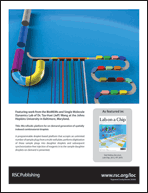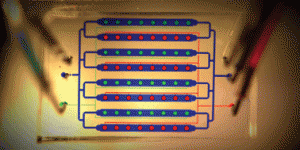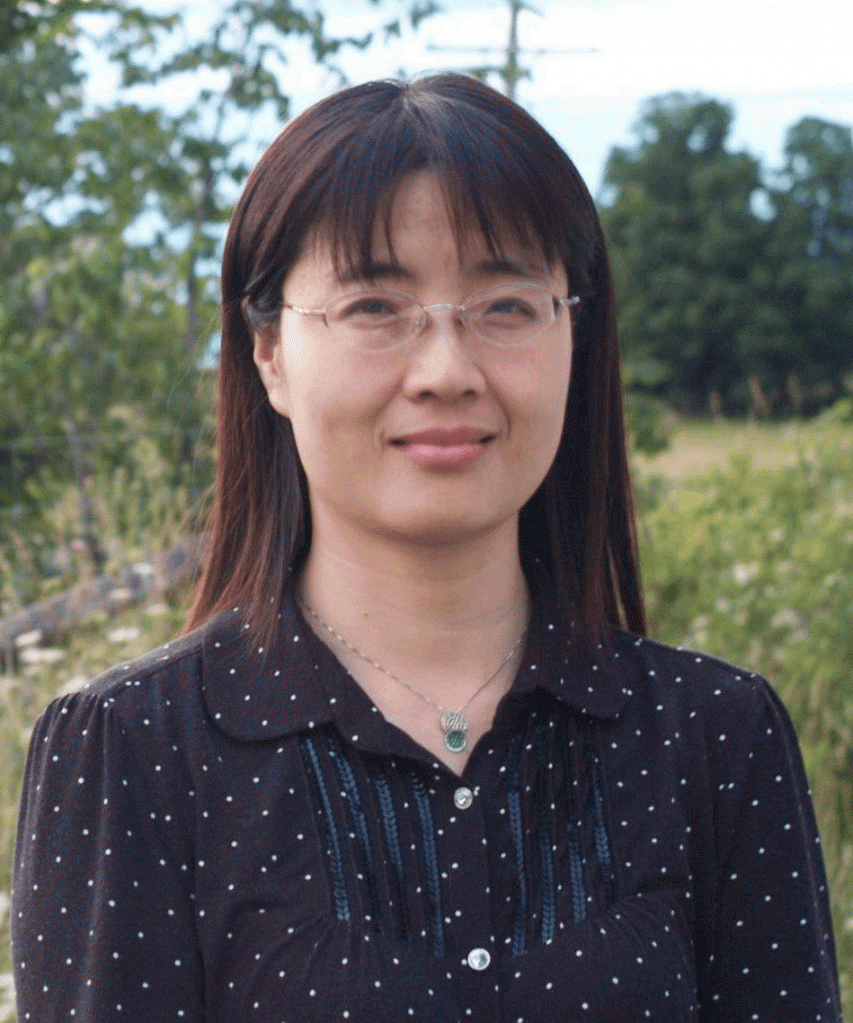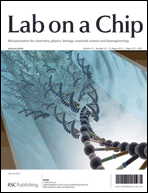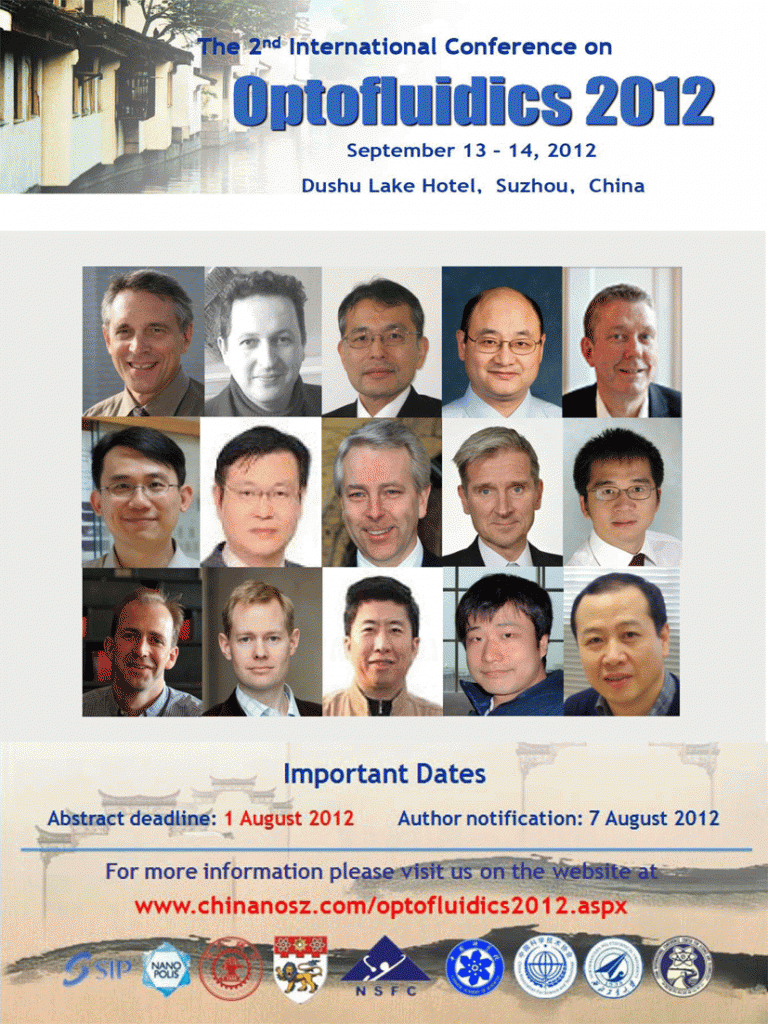This month sees the following articles in Lab on a Chip that are in the top ten most accessed:
A paper and plastic device for performing recombinase polymerase amplification of HIV DNA
Brittany A. Rohrman and Rebecca R. Richards-Kortum
Lab Chip, 2012, Advance Article
DOI: 10.1039/C2LC40423K
Commercialization of microfluidic point-of-care diagnostic devices
Curtis D. Chin, Vincent Linder and Samuel K. Sia
Lab Chip, 2012,12, 2118-2134
DOI: 10.1039/C2LC21204H
Digital microfluidics: a versatile tool for applications in chemistry, biology and medicine
Mais J. Jebrail, Michael S. Bartsch and Kamlesh D. Patel
Lab Chip, 2012, 12, 2452-2463
DOI: 10.1039/C2LC40318H
Microfluidic electronics
Shi Cheng and Zhigang Wu
Lab Chip, 2012, 12, 2782-2791
DOI: 10.1039/C2LC21176A
Automated analysis of single stem cells in microfluidic traps
Stefan A. Kobel, Olivier Burri, Alexandra Griffa, Mukul Girotra, Arne Seitz and Matthias P. Lutolf
Lab Chip, 2012, 12, 2843-2849
DOI: 10.1039/C2LC40317J
Microengineered physiological biomimicry: Organs-on-Chips
Dongeun Huh, Yu-suke Torisawa, Geraldine A. Hamilton, Hyun Jung Kim and Donald E. Ingber
Lab Chip, 2012, 12, 2156-2164
DOI: 10.1039/C2LC40089H
High-yield cell ordering and deterministic cell-in-droplet encapsulation using Dean flow in a curved microchannel
Evelien W. M. Kemna, Rogier M. Schoeman, Floor Wolbers, Istvan Vermes, David A. Weitz and Albert van den Berg
Lab Chip, 2012, 12, 2881-2887
DOI: 10.1039/C2LC00013J
A fluidic diode, valves, and a sequential-loading circuit fabricated on layered paper
Hong Chen, Jeremy Cogswell, Constantine Anagnostopoulos and Mohammad Faghri
Lab Chip, 2012, 12, 2909-2913
DOI: 10.1039/C2LC20970E
High throughput method for prototyping three-dimensional, paper-based microfluidic devices
Gregory G. Lewis, Matthew J. DiTucci, Matthew S. Baker and Scott T. Phillips
Lab Chip, 2012, 12, 2630-2633
DOI: 10.1039/C2LC40331E
SSA-MOA: a novel CTC isolation platform using selective size amplification (SSA) and a multi-obstacle architecture (MOA) filter
Minseok S. Kim, Tae Seok Sim, Yeon Jeong Kim, Sun Soo Kim, Hyoyoung Jeong, Jong-Myeon Park, Hui-Sung Moon, Seung Il Kim, Ogan Gurel, Soo Suk Lee, Jeong-Gun Lee and Jae Chan Park
Lab Chip, 2012, 12, 2874-2880
DOI: 10.1039/C2LC40065K
Why not take a look at the articles today and blog your thoughts and comments below.
Fancy submitting an article to Lab on a Chip? Then why not submit to us today or alternatively email us your suggestions.
Comments Off on Top ten most accessed articles in June













